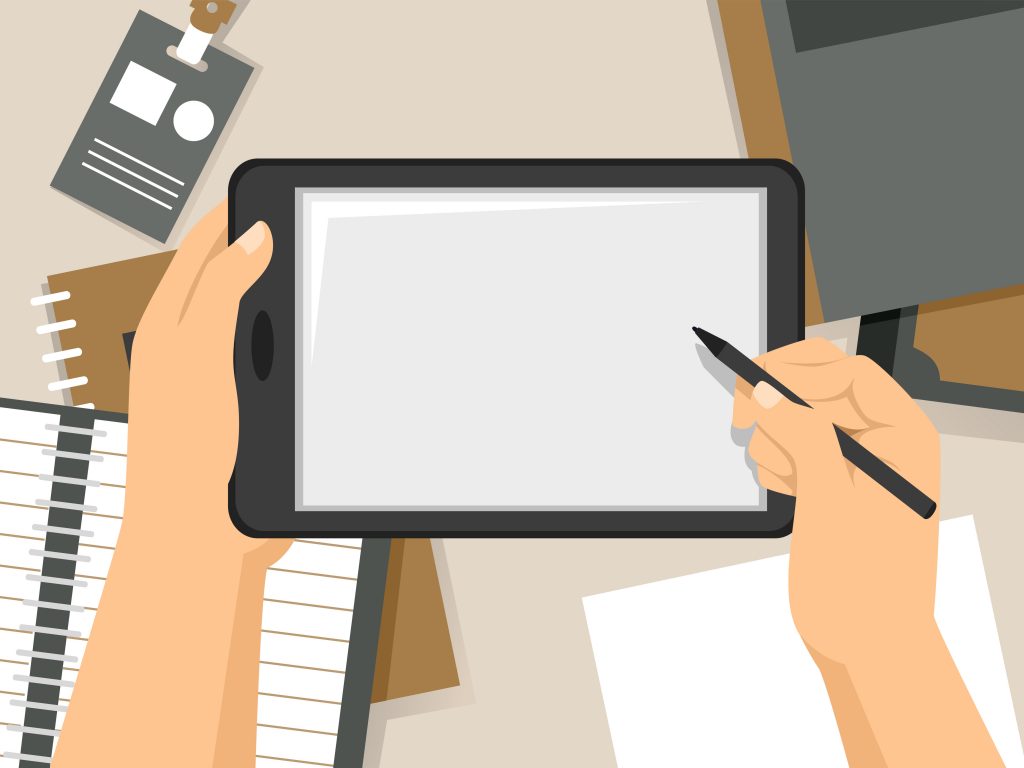
I hope you get value out of this blog post.

Hastily jotting down all the key points and then hoping you remember enough detail to fill in the rest afterward is not really the most reliable approach to notetaking. Unfortunately, it usually feels like the best you can do when you’re also working to maintain the flow of conversation and keep your client engaged throughout the meeting. How do you take better notes without sacrificing the level of attention you’re giving to your clients? Here are a few tips to strengthen your notetaking method:
Better notetaking is about striking the balance between transcribing every single “um” or “uh” and barely remembering to jot down even a keyword here and there. Figuring out where that balance is requires setting your priorities ahead of time.
What are the kinds of details you need to take note of? What are the kinds of things you absolutely can’t afford to forget? Your list might look like:
Once your meeting agenda is set, you already know the main topics that will be covered. Create a separate column for each of those agenda items on your page. Label each one so you know which item goes in which column. If you have time, do this on a few pages so that you’re ready to move to the next page when you fill up the first one.
The advantage of the column method is that your notes stay organized, even if the conversation itself jumps around and circles back over the course of the meeting.
For each meeting, you might also want to add additional columns like “Personal Details” or “Off-Agenda Topics” in case the meeting goes beyond the agenda you set. This way, you aren’t scrambling to find space on the page or adding unrelated notes to other columns.
Whatever details you choose to prioritize and however you structure your notes, create a template of that method so that your entire team is taking notes the same way. This consistency will be valuable for ensuring that all notes for all clients have the information you need to provide the best, most personalized service possible—regardless of who wrote them.
When handwriting, abbreviations or shorthand can save time without sacrificing detail. You may already have a few abbreviations you regularly use. If not, coming up with them doesn’t have to be complicated. You can just write out the first few letters of a word and then stop. For example, instead of writing out “insurance,” just write “ins.” For multi-word phrases you regularly use, just write out the initials. For example, “aggressive risk tolerance” becomes “ART.”
The key here is to use abbreviations that you will be able to decipher later. If you have some that you already use frequently, that shouldn’t be a problem. For new shorthand that you come up with in-meeting, add a legend to the top of your notes. For example, if you’ve never used “ins” for “insurance,” you’d write “ins = insurance” at the top of your page to make sure you can decipher that later.

There are a few different tools that can be helpful for improving your note taking. They may not all make sense for your financial advisory firm but it’s worth doing your research to see if there is tech that could help with whichever aspects of notetaking present the biggest annoyance in your day-to-day. Here are some of the tools that might help:
There are a lot of tools that will translate audio to text automatically. Even Microsoft Word has a “text to speech” function. The accuracy of the transcription you get from these tools is rarely 100%, especially if the recording is low quality. However, if you can get a quality recorder and still take the basic “hastily jotted down” notes many financial advisors resort to, you can use that automated transcription paired with your own memory to create detailed and accurate notes later in the day.
With note taking software and a device with a touchscreen, you can handwrite notes directly onto your device. As a financial advisor, however, you need to be careful which software you choose. Much of what you discuss in your client meetings is highly confidential and a lot of the more popular notetaking apps lack the level of security you need to protect your clients’ privacy.
Pulse360 is one option that offers notetaking capabilities but pairs it with advanced data encryption. It also has other convenient tools like tags and the ability to add contextual notes that will make searching through your handwritten notes easier. It even automatically attaches notes to the relevant client and meeting so that you don’t have to worry about misplaced notes or sorting through stacks of handwritten pages from a full day of meetings, trying to remember which notes were from which meeting.
A smart pen like Livescribe or IRISnotes tracks what you’re writing as you write it. The Livescribe pen also records what is being said in the room and attaches the recording to the notes you took. This way, you can instantly jump to the right part of the recording when you’re reviewing your notes later to fill in the missing details. This saves you or a team member from having to listen to the entire meeting recording or trying to fast forward and rewind to the right second where a particular point was discussed.
Whether you take advantage of new technology or not, the key to better note taking is coming up with a methodology that you can use in every meeting. With practice, that methodology will become second nature so that you can write down efficient yet detailed notes without interrupting the flow of the meeting.
